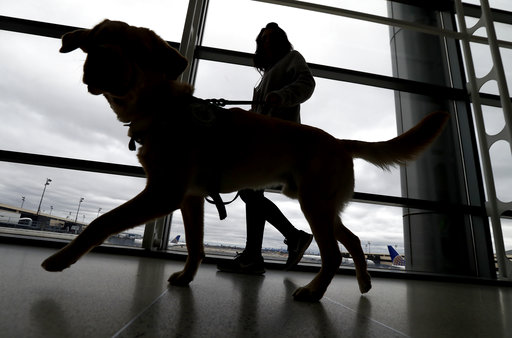Riding bumper-to-bumper at nearly 200 mph, Austin Dillon was smack in the middle of a pack of cars headed to the checkered flag when he was suddenly sent on the ride of his life.
A wreck that began three rows ahead of him sent cars spinning all over the track. When one turned into him, the force of the hit flipped his car up and over two others. Dillon sailed nearly upside down into the Daytona International Speedway catchfence with such a hard hit that it nearly brought his 3,500-pound car to a sudden stop.
The fence acted like a slingshot, sending the sheared race car back onto the track, where it landed on its roof and was hit again while the engine block smoldered nearby. Left behind were a handful of fans who received only minor injuries from the debris, and a gaping hole in the fence, the mesh torn away.
And Dillon?
Nearly everyone in NASCAR feared the worst looking at what remained of his car. Instead, he was helped out by rival crews and he gave the "I'm OK" two-handed wave used by late bullrider Frost Lane to the stunned crowd.
"It happened so quick," said Dillon, the grandson of car owner Richard Childress and the first driver entrusted to drive the famed No. 3 that had been out of use since Dale Earnhardt's fatal 2001 crash at Daytona.
"You're just holding on and praying that you get through it, get to race again," he said. "I had just got done stopping and I had crew members everywhere. I thought that was really special and cool. It comforted me pretty quick. And then I just wanted to get out of there and let the fans know that I was OK, let my parents and grandparents know that I was all right."
U.S. & World
Dale Earnhardt Jr. was near tears as he pulled into victory lane at nearly 3 a.m. Monday after watching the last-lap wreck in his rearview mirror. Runner-up Jimmie Johnson said Dillon was lucky to be alive.
That Dillon walked away with only a sore arm and tailbone, and only five fans suffered minor injuries, was a testament to NASCAR's evolving safety improvements. Kyle Larson walked away from a similar accident in a 2013 race at Daytona. The fence also was shredded, and the debris field injured 28 fans.
Daytona has since reinforced its fencing, and part of the track's ongoing $400 million renovation project has moved seating back a bit from the fence.
"I'm really proud of the fact that the fence worked and the additional safety enhancements of the 'Daytona Rising' project did its job," track President Joie Chitwood said.
Six-time NASCAR champion Johnson likened fencing to a "cheese grater" when a race car sails into it and said the energy from the impact will almost always lead to heavy debris. Although he marveled at the lack of injuries, Johnson had no solution for preventing similar incidents.
"I don't know how you keep a 3,500-pound car at 200 mph staying in the racetrack," Johnson said. "The fence held up, it did function well, but the debris going off into the stands is something I don't know how you can control."
Dillon, though, said NASCAR must figure out a solution.
"I think our speeds are too high, I really do," he said. "I think everybody can get good racing with lower speeds, and we can work on that and then figure out a way to keep cars on the ground. We're fighting hard to make the racing good; I hope fans enjoy all that. We don't, but that's your job. You go out there and you hold it wide open to the end, checkers or wrecker, and hope you make it through."
NASCAR Chairman Brian France said Monday on Sirius XM that series engineers began examining the accident just five hours after Dillon's crash in the rain-delayed race.
"This is auto racing. We are going to have challenges and we are going to have hard crashes," France said. "You learn from every single one of these things. The real good news for us is this is what we do: We have an entire group of people who woke up today trying to figure out how to make things better."
But no solution will likely ever be perfect. Although Johnson agreed with Dillon that slower speeds might help, "there's no guarantees."
NASCAR, track operators and race teams work daily on safety initiatives. Last weekend was Daytona's first major event since Kyle Busch broke his right leg and left foot when he crashed into a concrete wall here in February. It led to the installation of 4,100 feet of additional SAFER barrier and the replacement of about 200,000 square feet of grass with asphalt.
Busch's crash led all tracks to review their walls, and Dillon's wreck likely will force a tougher look at fencing.
Earnhardt, who admitted he questioned his mortality after his father's 2001 death and after a pair of concussions sidelined him in 2012, said it's impossible to ever be 100 percent safe.
"These cars are going fast, and when you put them in odd, rare circumstances like that, they're going to go up in the air," he said. "We do everything we can and have made a lot of changes and incorporated a lot of things into these cars to try to keep them on the ground, but you never can in those imperfect situations. It's very dangerous. Racing has always been very dangerous. Fortunately for us, we've gotten better and safer in the last (several) years. It's changed tremendously."



